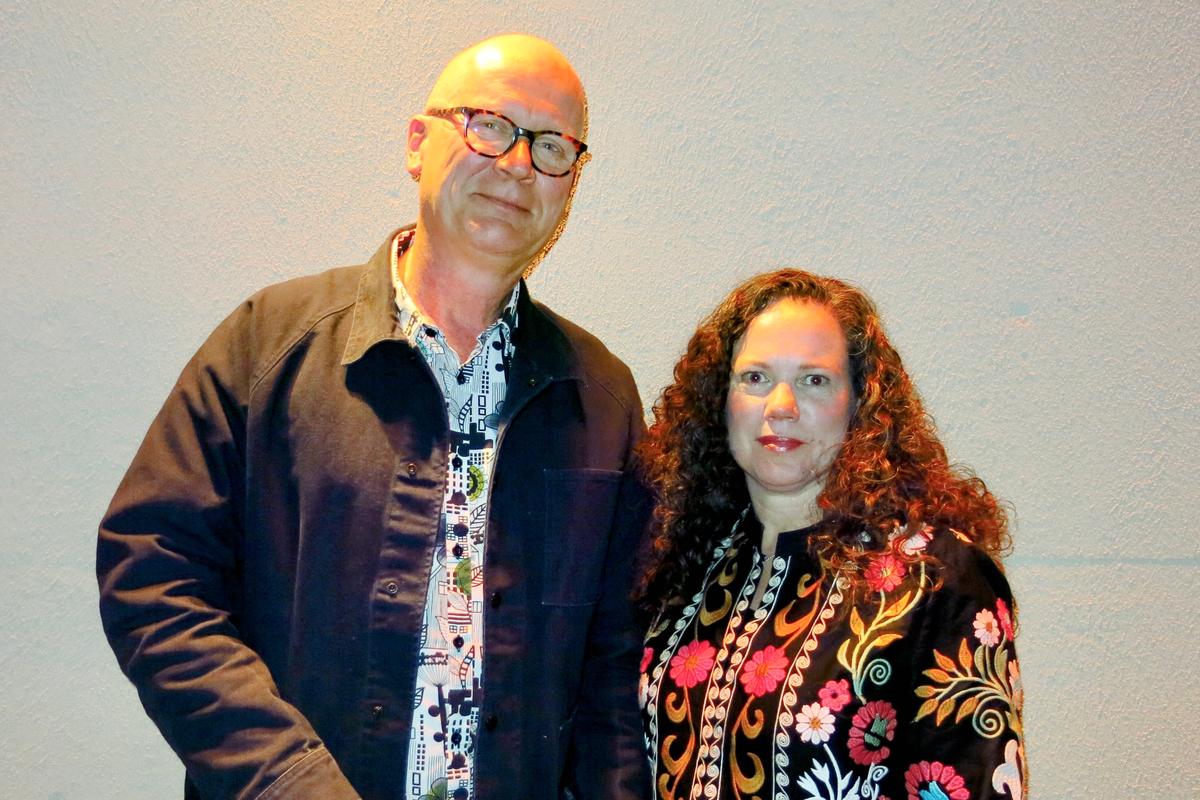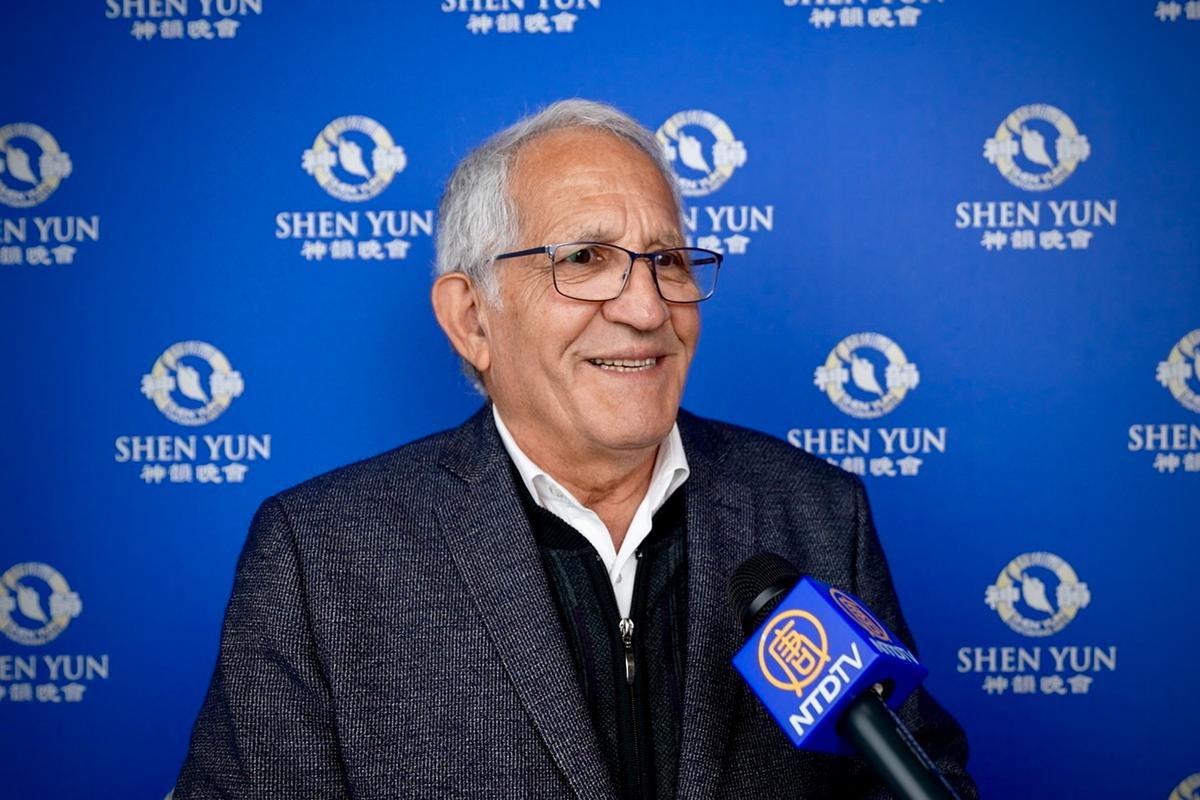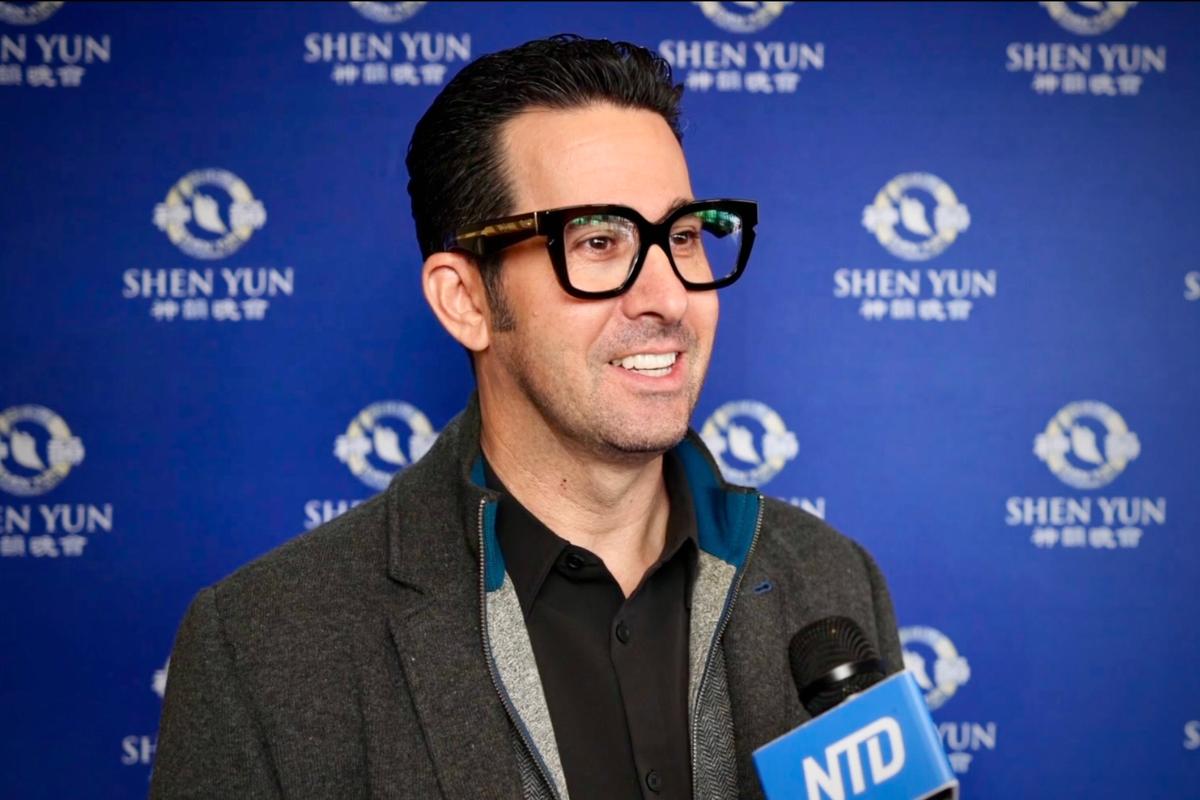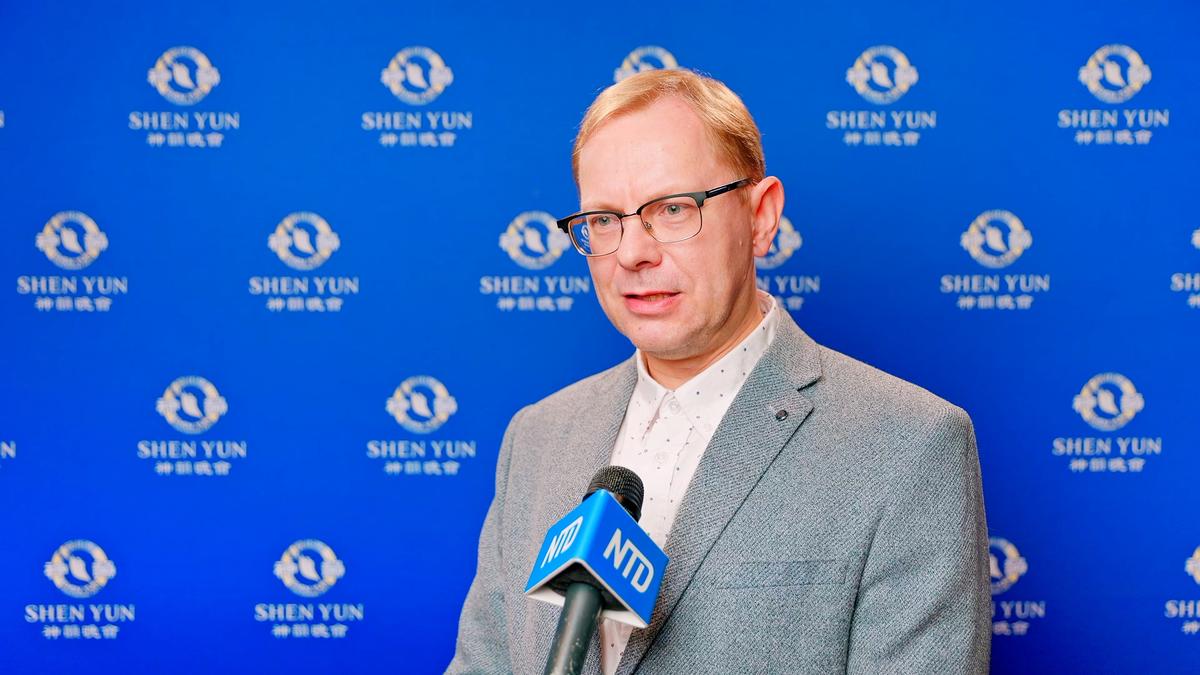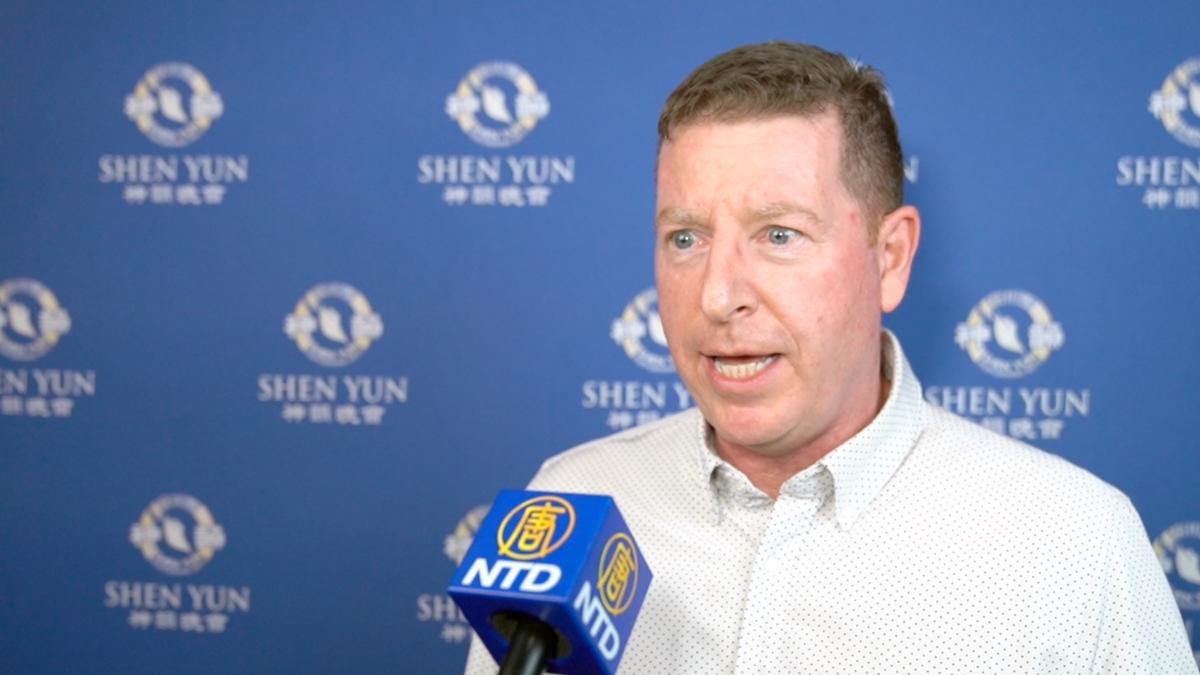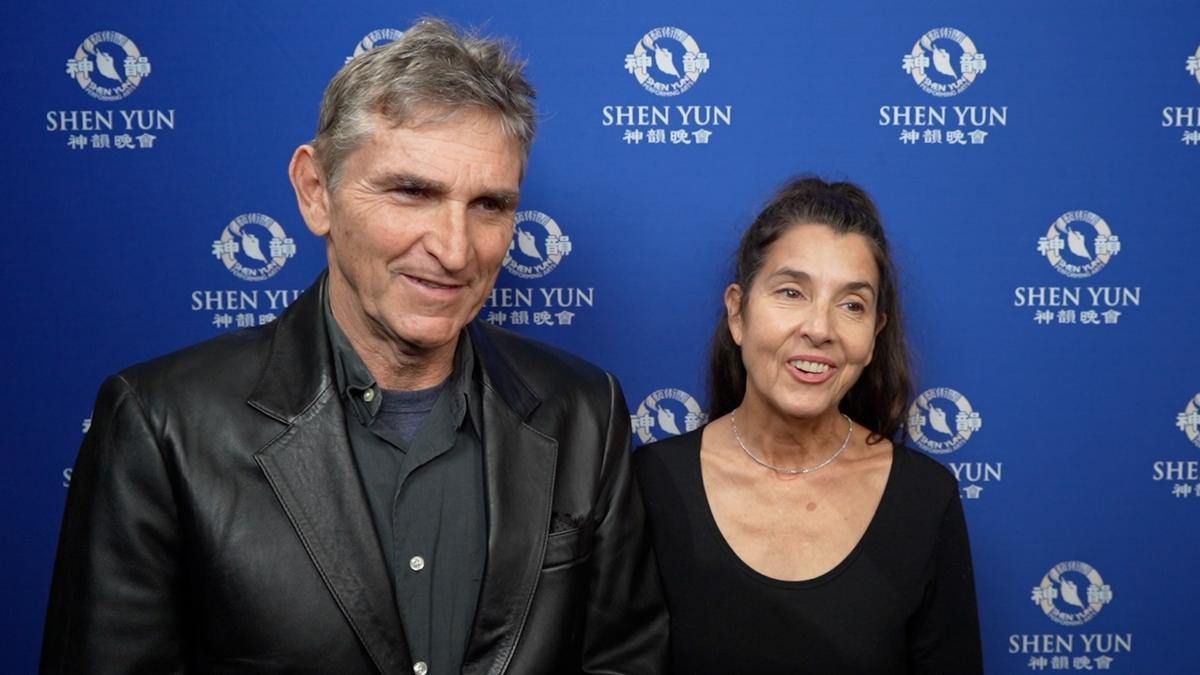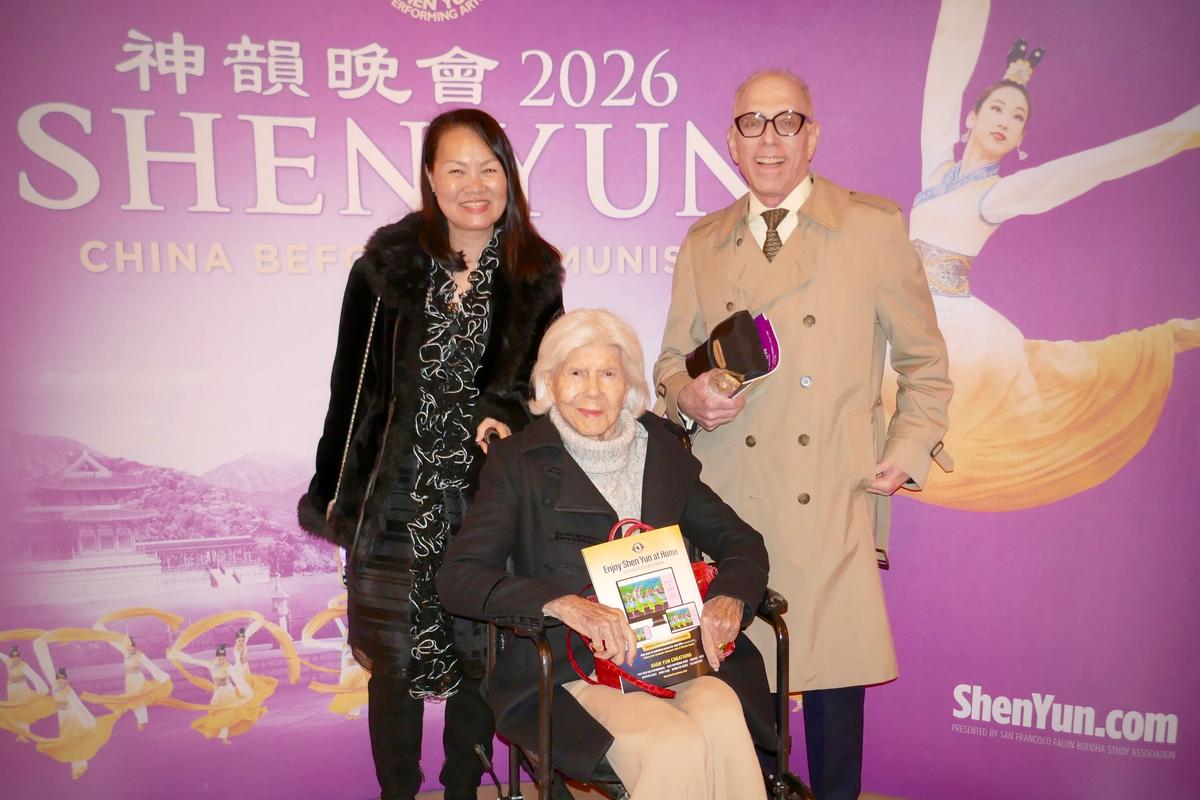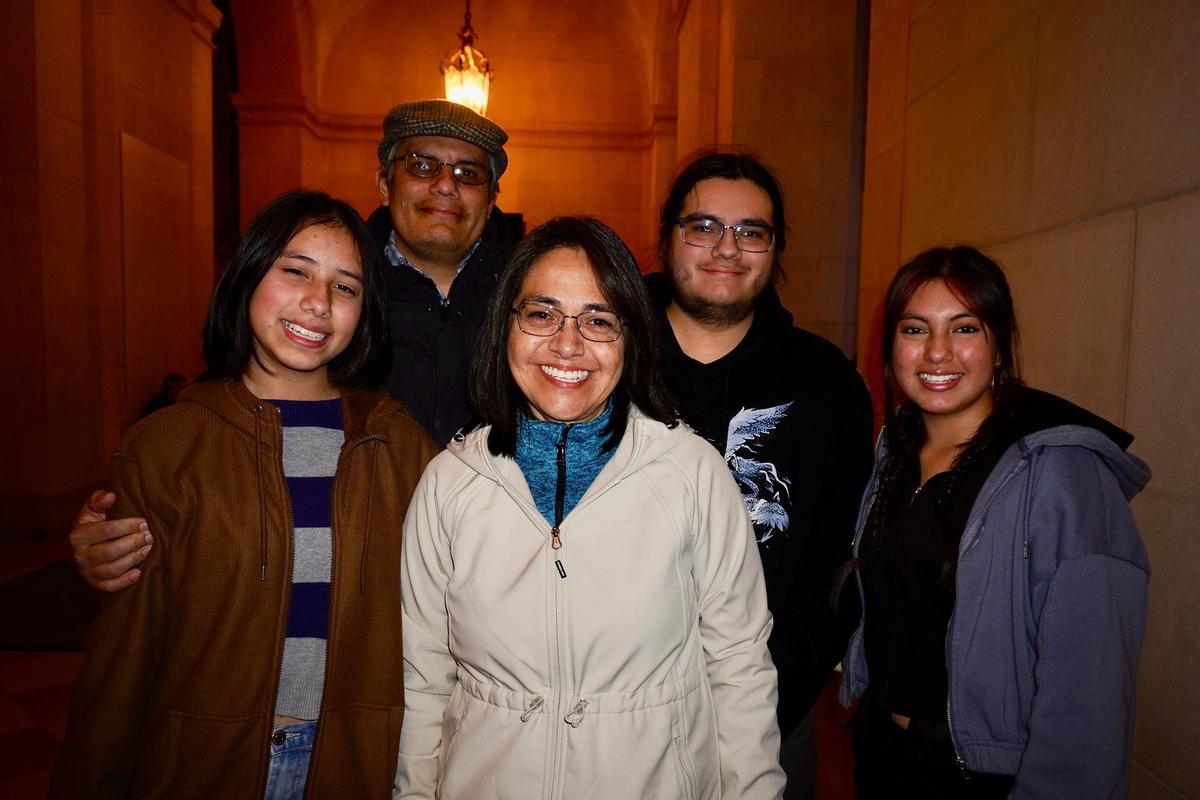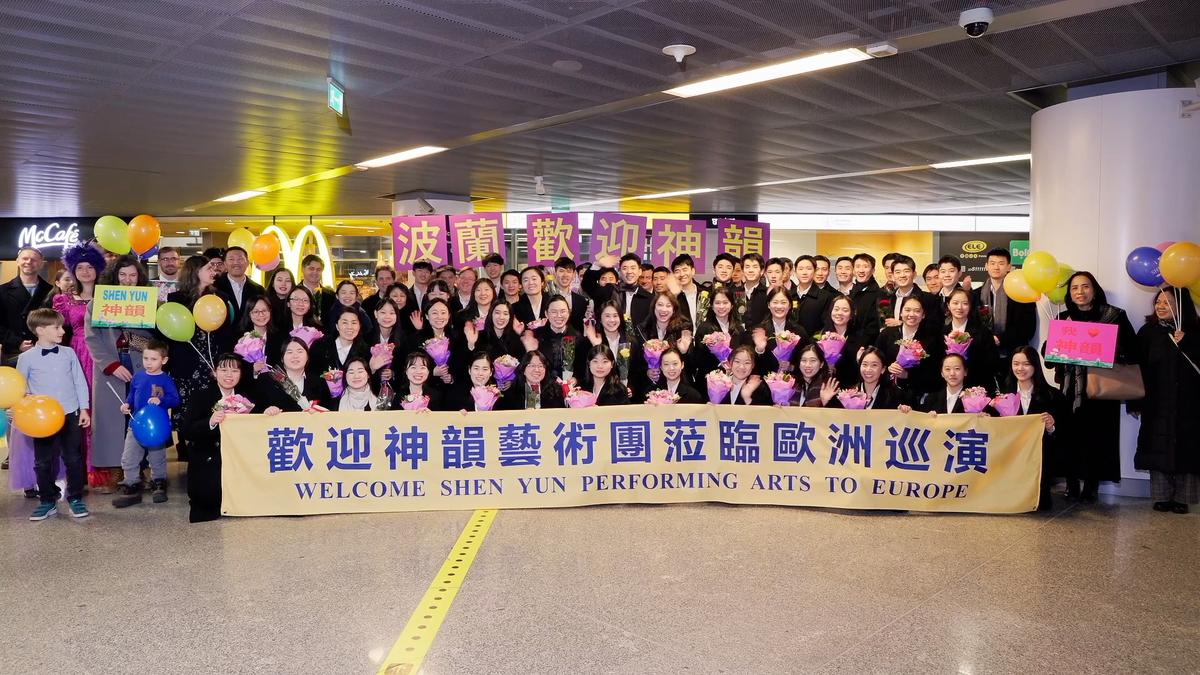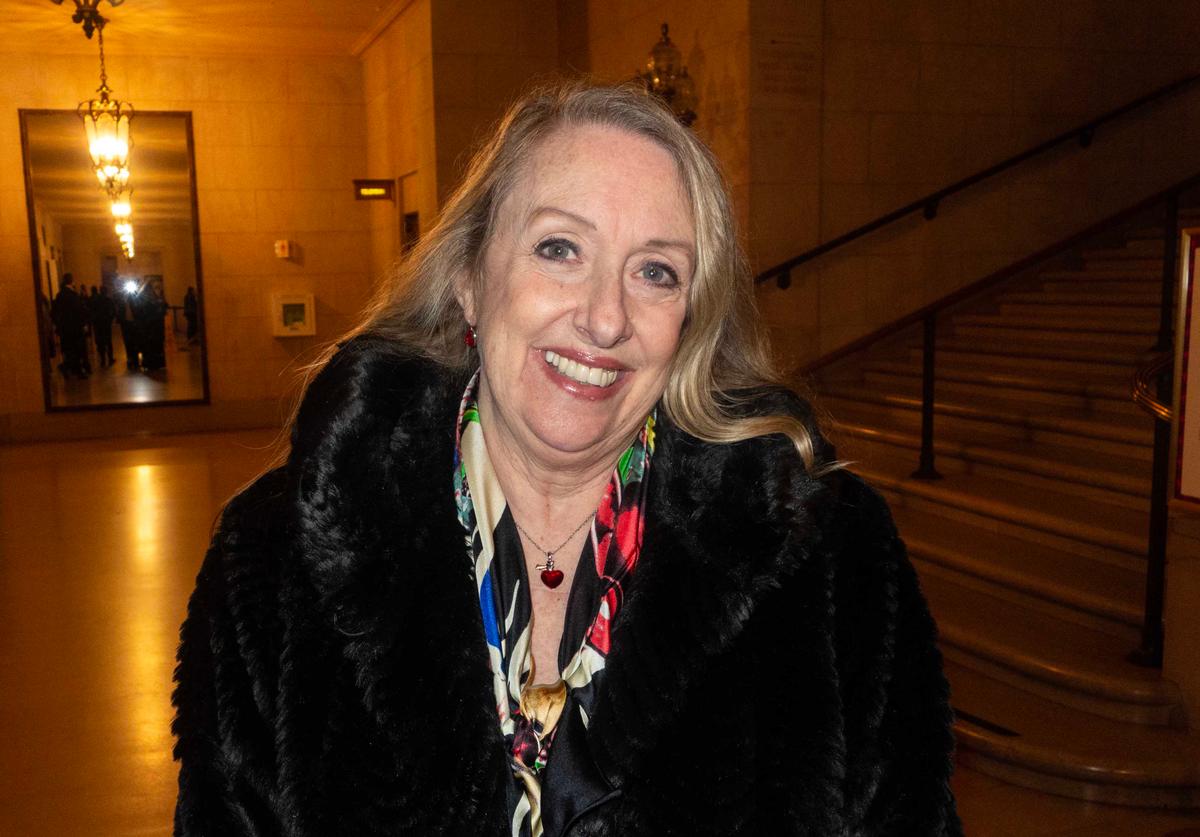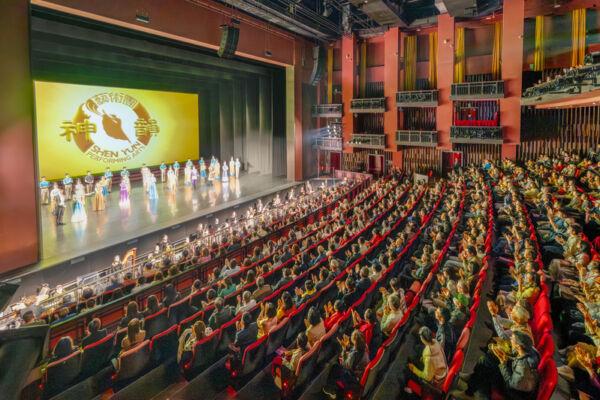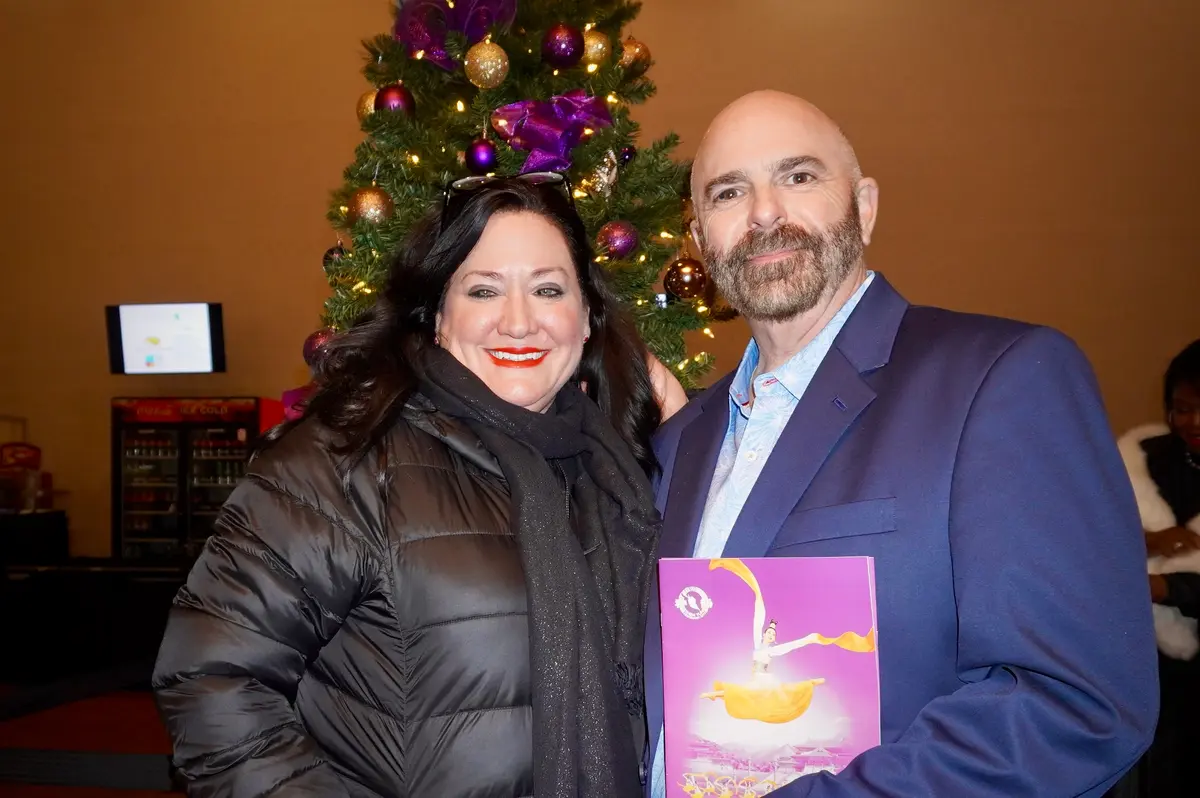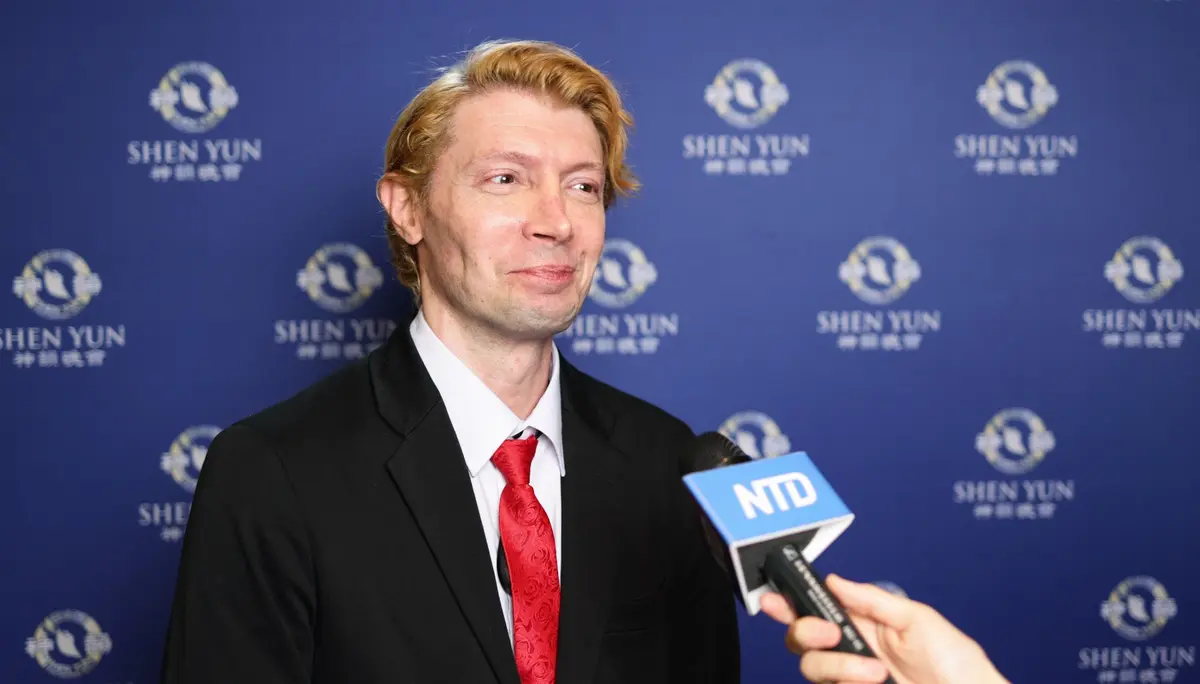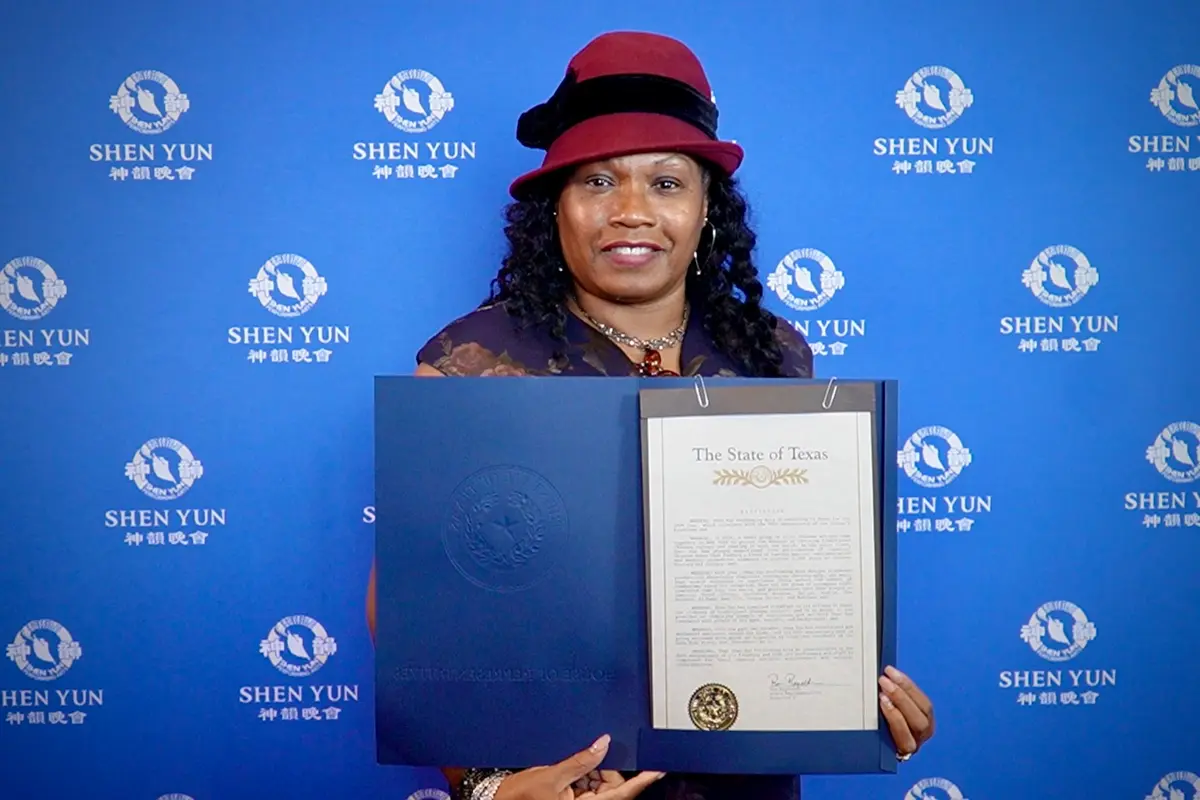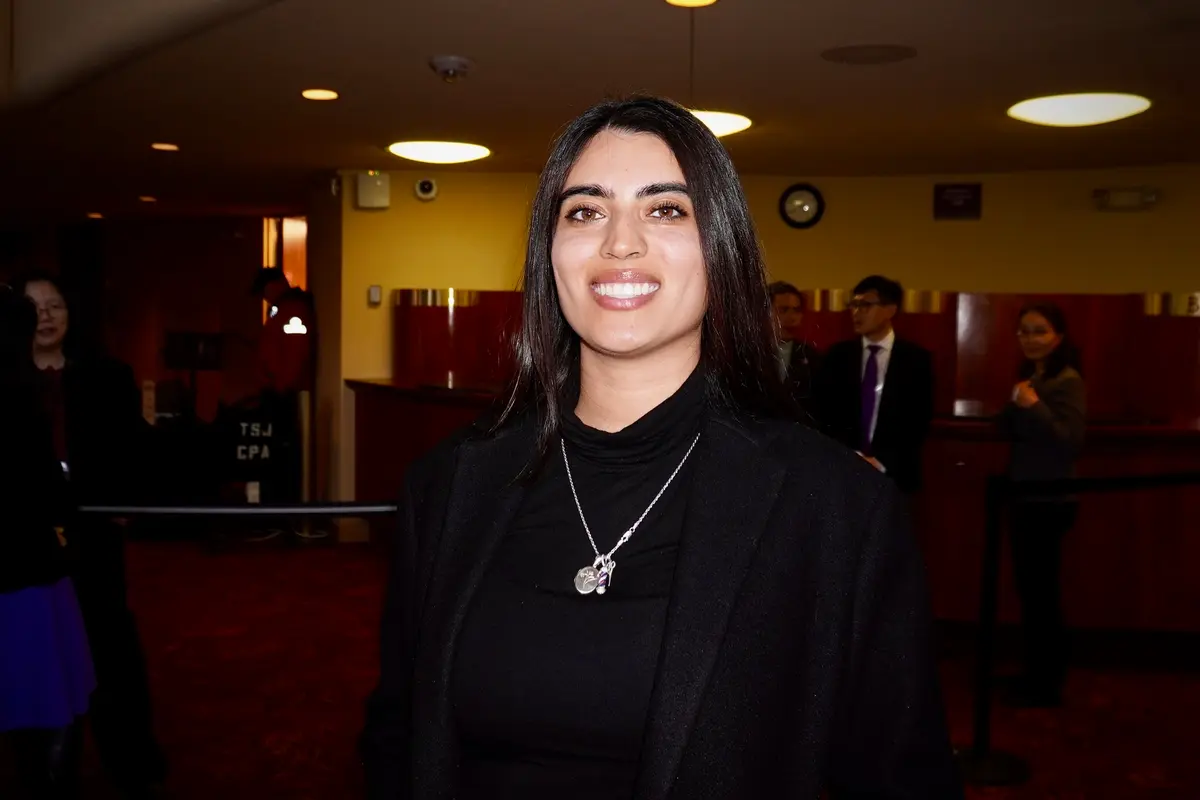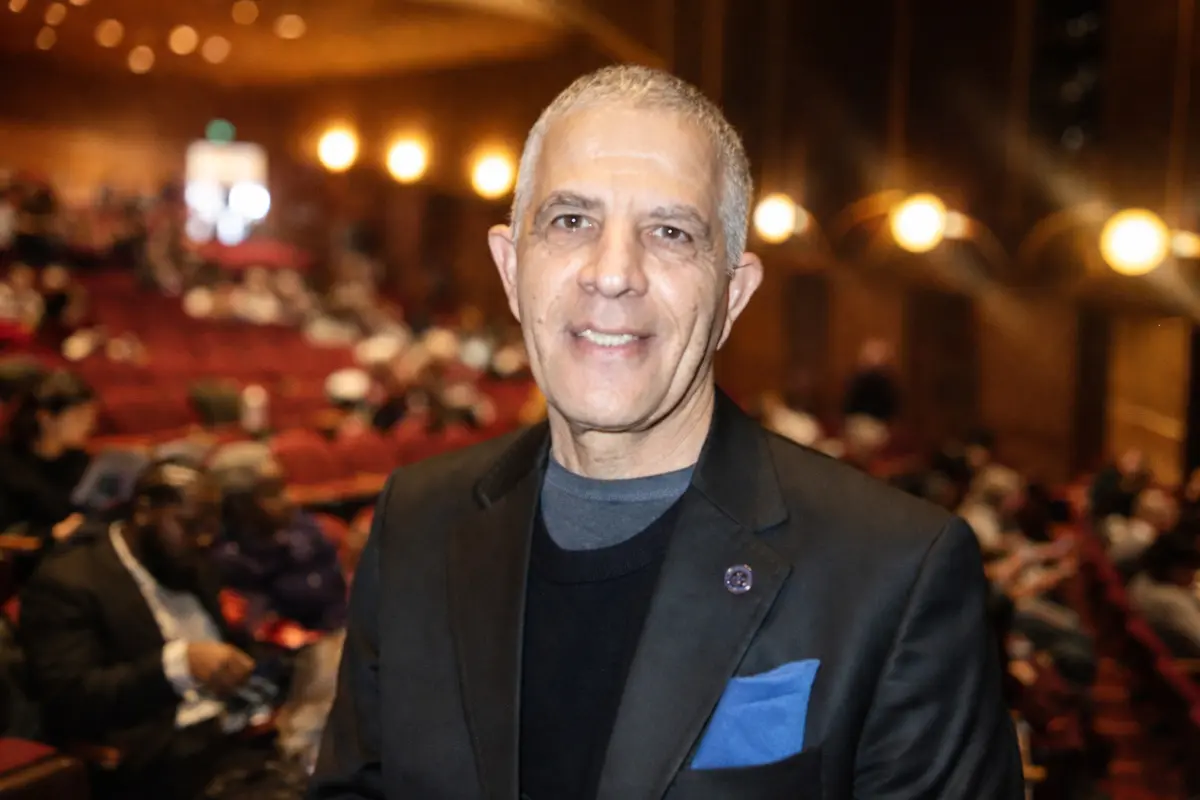“I’m so impressed with the costumes and the colors and the music and the drama. I just think it’s so beautiful,” said Mrs. Schulten at the DeVos Performance Hall.
Mrs. Schulten was intrigued by the dancers’ footwear.
“I was interested to see how the men’s boots were constructed, actually how …. they'd use [the stretch fabric] on the front of the shoe and continued up the shaft of the boot with an elastic top on. I thought it was really good how they created [the illusion] of the boots in a ballet shoe. I thought it was really excellent for the men,” said Mrs. Schulten.
This story piece revolves around the practice in China of killing people for their beliefs to supply organs for China’s transplantation hospitals.
Mr. Schulten spoke of what he knows about forced organ harvesting.
“I am not familiar with it but I’ve heard about it ... But’s a very common problem, if you will, and people talk about it when I’m in China and work with my colleagues there," Mr. Schulten said.
“It is mentioned very carefully, of course. But at the same time, that actually brings home the difference between the old China and let’s say … modern China,” he said.
“It is so fluid. You can see that it must have been an enormous amount of work to basically get to this point and make it so easy looking. The performance is smooth. And I can see there’s been a lot of training going into [the performance],” said Mr. Schulten.
“Its incredible skill and teamwork that makes something look easy and fluid … it’s incredible expertise,” she said.
Mr. Schulten said he was particularly interested in one of the vocalist performances and the lyrics of the song, which has many spiritual themes. “I thought the choice of music and the song itself was very surprising because nowadays a song like that in China you would not hear,” he said.
“America has its … religious ways of going about life, [but lyrics] like this really reach back to before the communist regime and a song like that would not be possible nowadays. From my point of view that was revealing and actually very interesting to see the connection with old China and nowadays China,” he said.
“I think the message is very smooth. It’s not overbearing, and it is not … too strong. It’s very subtle. And it’s beautiful because it’s done in a beautiful art form,” he said.
“[It was] very obvious, but I have to say maybe for us, knowing China and the Chinese a little bit, we see the message and we understand the message,” said Mr. Schulten.

